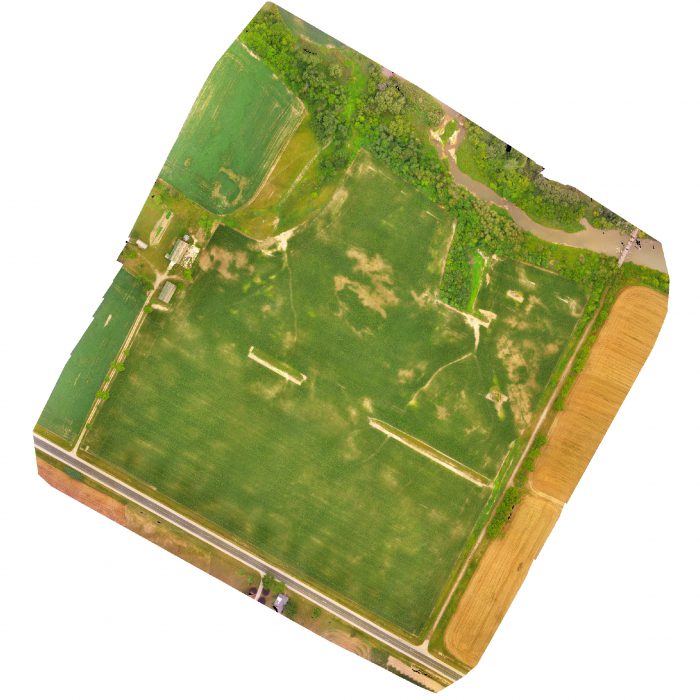Doctoral Research: Mapping Erosion and Deposition in an Agricultural Landscape
I would like to share with everybody a small excerpt from my doctoral research that will be presented at the 4th Biannual Conference on GIS in Education and Research at the University of Toronto on March 4th and 5th, 2020 entitled “Mapping Erosion and Deposition in an Agricultural Landscape with UAV SfM-MVS”. The presentation builds upon an open access article I recently published with my academic advisor in the Remote Sensing of Environment journal that describes a comprehensive workflow for monitoring field-scale erosion patterns with UAVs.
Article link: https://www.sciencedirect.com/science/article/pii/S0034425720300353
FLIR System’s R60 Skyranger was used for to collect optical imagery of our 15.9-hectare agricultural study site over the course of an entire year. The R60 Skyranger was the ideal UAV platform for our aerial surveys. The Skyranger’s 40-minute battery life enabled us to easily capture optical imagery of the entire study site with a single battery life (flying at 90 meters above-ground-level) and its 3-axis gimbal ensured that the pictures were crisp even under windy conditions. The optical image sets captured by the UAV were used with three key software applications (i.e., Pix4D, CloudCompare, and ArcGIS) to create a series of 2D and 3D reconstructions of an agricultural field. The 2D optical mosaics of the study site enabled us to identify the formation of rills, ephemeral gullies, and large depositional zones; the 3D reconstructions enabled us to spatially quantify the volume of erosional features and depositional plumes. UAVs make an excellent platform for agricultural studies thanks to their high spatial and temporal resolutions. Stay tuned for future research articles and blog posts being published by us on the applications of UAV systems for monitoring erosion in agricultural systems.
If you have any questions about using UAVs in your academic research feel free to send me an email at bumeinen@uwaterloo.ca
Figure 1. Orthomosaic of our 15.9-hectare agricultural study site captured with UAV imagery during the growing season of 2018. Note the seven ephemeral gullies that are visible in the mosaic.

